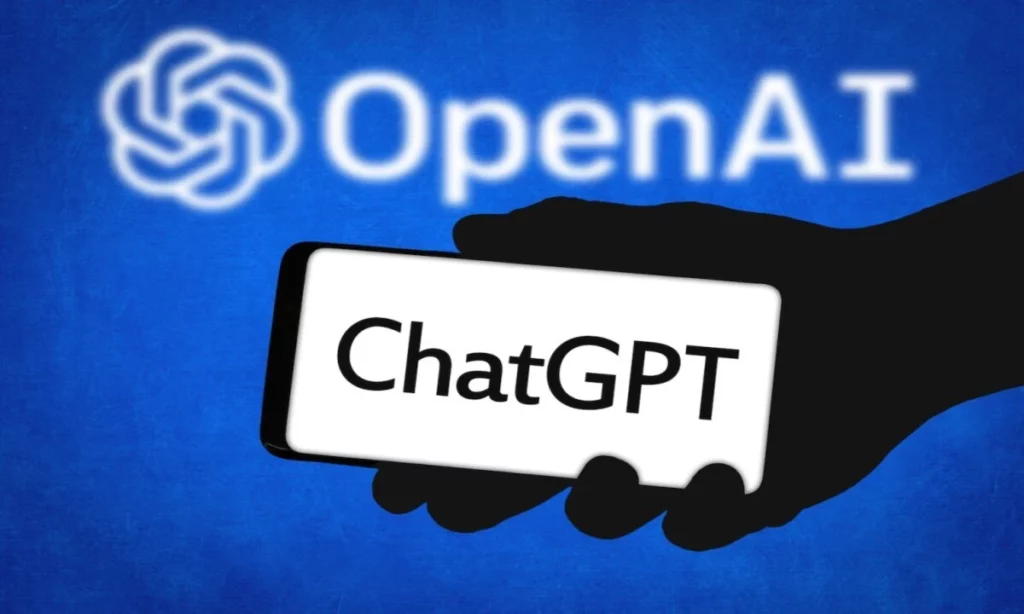OpenAI’s ChatGPT has established fruitful collaborations with prominent educational organizations such as Khan Academy and Schmidt Futures, showcasing a commitment to advancing educational initiatives. Through these partnerships, ChatGPT has played a pivotal role in enhancing the learning experience for students and educators alike. By leveraging the capabilities of ChatGPT, these collaborations have contributed to the development of innovative tools and resources that aim to revolutionize the way education is delivered and consumed.
Also read | OpenAI’s Latest: Pausing ChatGPT Plus, GPT Store, and GPT4 Turbo Unveiled!
In essence, OpenAI’s ChatGPT is not only a cutting-edge language model but also a driving force behind transformative educational partnerships, working hand-in-hand with organizations that share a vision of making quality education accessible to all. These collaborations underscore the potential of AI in shaping the future of education and highlight the positive impact that technology can have on the learning landscape.
Bringing ChatGPT to Schools Responsibly
OpenAI is actively working to incorporate its ChatGPT technology into educational environments, marking a strategic response to early apprehensions regarding the potential misuse of the AI tool for academic dishonesty. Brad Lightcap, the Chief Operating Officer of OpenAI, disclosed during the INSEAD Americas Conference in San Francisco that the organization is in the process of establishing a specialized team tasked with investigating and developing educational applications for ChatGPT. This initiative reflects OpenAI’s commitment to proactively address concerns, paving the way for responsible and beneficial integration of ChatGPT within educational settings.
ChatGPT’s Impact on Education
Upon its initial release, ChatGPT ignited widespread excitement and fascination with generative AI. The technology’s remarkable capacity to craft new, human-like content across diverse genres, ranging from essays to novel drafts, stirred both awe and apprehension, particularly within educational circles. The unprecedented capabilities of ChatGPT initially set off alarms among educators globally, prompting concerns about the potential misuse of the technology.
Educators, fearing the tool’s potential to facilitate cheating and plagiarism in academic settings, were quick to voice their reservations. The prospect of students utilizing ChatGPT to effortlessly generate essays or assignments raised ethical concerns, as it challenged the integrity of the educational system. The initial reactions resulted in a swift and decisive backlash against the unbridled use of ChatGPT in educational institutions.
In response to these concerns, educational authorities and institutions swiftly imposed restrictions on the use of generative AI tools like ChatGPT. Stringent guidelines were implemented to curb the tool’s potential for academic dishonesty, reinforcing the importance of original thought and individual effort in learning environments.
This early stage of skepticism and caution reflected the need for a balanced approach to integrating advanced AI technologies into educational contexts. While acknowledging the incredible potential for innovation, educators and institutions emphasized the importance of ethical considerations and the preservation of academic integrity. The initial generative AI frenzy spurred a necessary reevaluation of the role of such technologies in education, leading to a more deliberate and conscientious approach to their implementation in academic settings.
“Teachers thought it was the worst thing that had ever happened,” Reuters quoted Lightcap as saying. “(Now) most teachers are trying to figure out ways to incorporate (ChatGPT) into the curriculum and into the way they teach.”
Will it catch on?
In education, a key question is who gets to use AI, and services like Khanmigo might widen existing educational inequalities. Khan Academy is actively seeking support from philanthropists and grants to cover computing costs and ensure access for schools with fewer resources, with a focus on prioritizing such schools in the initial phase. The aim is to bridge the digital divide and make AI benefits accessible to all.
Another challenge arises in ensuring AI models, like ChatGPT, provide unbiased information and incorporate perspectives from underrepresented groups. ASU’s RAG system, for example, reveals the sources of answers to promote transparency. Although it doesn’t eliminate bias, it provides students a chance to critically assess the information’s origin. The question remains whether the educational potential of AI models will outweigh the risks. While powerful, these tools have limitations, and understanding their drawbacks is crucial. Comparing the current attention on AI in education to past trends like massive online open courses, it’s recognized that AI is a new, evolving tool with both benefits and imperfections. It’s reshaping how we think about human intelligence and prompting a reconsideration of teaching and learning methods.



